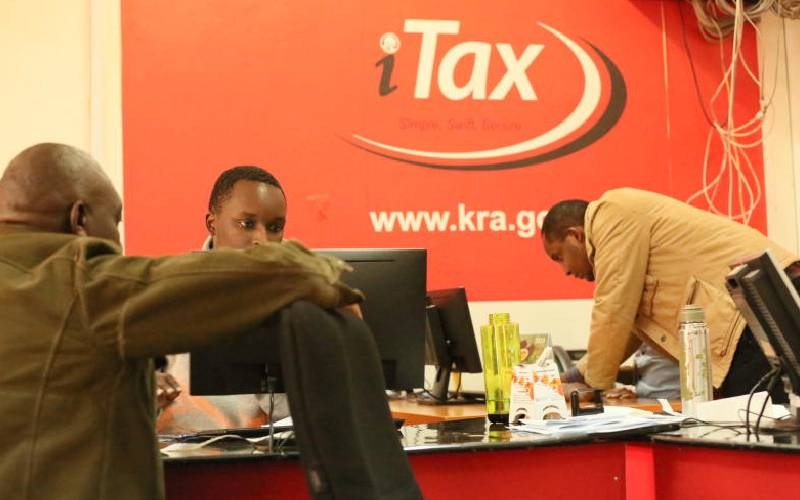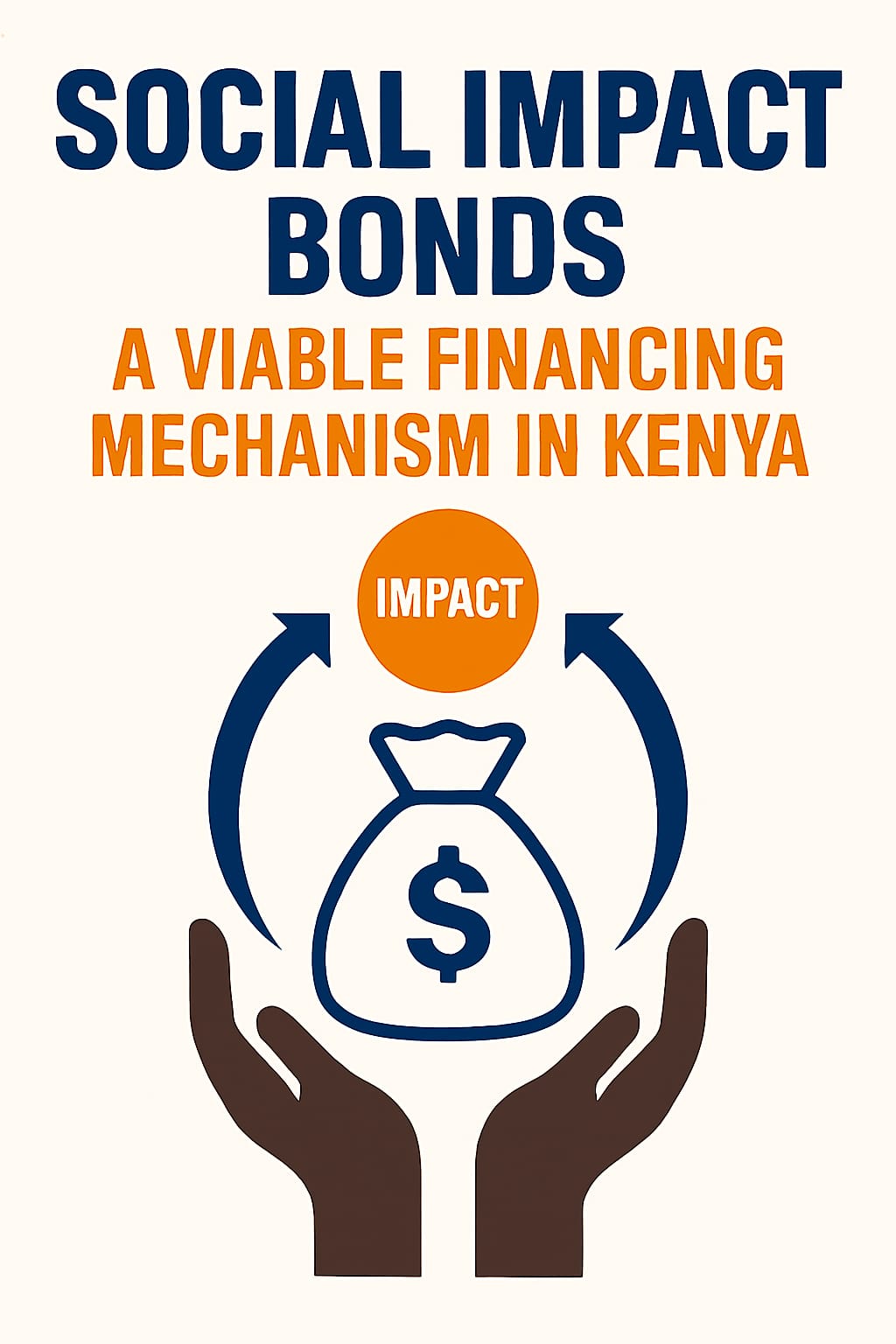Tuesday, September 30, 2025
Author: Emmanuel Mainga Maobe
Category: Public Debt, Private Credit
⏱️ Estimated Read Time: 6 min read


Governments around the world use debt to fund development when tax revenues cannot meet their budgets. Debt can come from foreign sources, like international lenders and markets, or domestic sources, such as local banks, pension funds, and Treasury securities. The purpose of taking on debt is to support infrastructure, education, energy, and other investments that enhance the provision of public goods and quasi-public goods. In Kenya, the Constitution (2010) and the Public Finance Management Act (2012) govern debt contraction, setting limits and ensuring parliamentary oversight. This structure aims to keep borrowing clear, accountable, and focused on development.
In recent years, Kenya has increasingly relied on domestic borrowing, partly due to the risks of global financial markets. Between 2020 and 2024, domestic debt grew as shown in Figure 1, from about KSH 3.6 trillion to over KSH 5 trillion, now making up more than half (53.9%) of total public debt, which exceeds KSH 10 trillion. Government securities like Treasury bills and bonds appeal to banks because they are low risk. This drives banks to lend more to the government rather than to businesses. While this shift has increased the role of domestic debt, it has also strained the local credit market, and as a result, private borrowers face higher interest rates and limited access to credit, since banks favor lending to the government. This situation is challenging for the private sector, especially small and medium-sized enterprises that create jobs and drive production. It limits investment, innovation, and growth potential. Unlike government securities, which only move funds around, private investment contributes to actual output, tax revenue, and employment.
Figure 1: Kenya’s Public Debt Composition
Source: Central Bank of Kenya Public Debt Statistics, 2025.
As illustrated in Figure 1, Domestic debt rose by 16.6% to KSH 6.2 trillion in April 2025, up from KSH 5.3 trillion in April 2024. This increase is due to a greater focus on domestic financing, which was driven by limited access to external funding as international lenders have grown cautious due to higher perceived risks, such as rising debt levels, which push up borrowing costs in global markets. The state has now increasingly turned to domestic investors like banks and pension funds to plug budget gaps, driving up domestic debt. As shown in Table 1 below, local banks are the biggest lenders to the government, holding nearly half (45.1%) of all domestic government securities as of July 2025. This means that most of the money the government borrows locally comes directly from banks. Additionally, pension funds follow at about 28.8%, while other investors, such as insurance companies and individuals, make up a much smaller share. In short, the domestic debt is heavily bank-financed, which shows how local banks are vigorously funding government operations, often at the expense of lending to businesses.
Table 1: The composition of Kenya’s Government Domestic Debt by holder.
Source: Annual Public Debt Management Report 2023/2024
The risk-free rate is currently at 9.5% per annum, which is still considerably expensive for medium and small enterprises (MSMEs) and makes it difficult for them to compete against the government for credit. MSMEs are a major driver of economic growth, with their contribution to the gross domestic product (GDP) steadily increasing over the years, reaching the current 40% mark, and employing nearly 14.9 million people. However, despite their significant economic role, MSMEs continue to face ongoing barriers to accessing formal financing. Out of an estimated 7.4 million MSMEs in Kenya, only 1.5 million are formally registered. Their informality, lack of collateral, and limited credit histories make it hard for financial institutions to assess their creditworthiness. If the government were to reduce its heavy borrowing in the domestic market and allocate the subsequent resources to the private sector, particularly the MSMEs, then the GDP would improve drastically with broadened economic development because of reduced unemployment.
The real issue is how well the debt is utilised by the responsible stakeholders. When a government, irrespective of its credibility, borrows heavily, there is always a risk that the funds will be misallocated, directed toward consumption, stalled projects, or politically driven programs that offer little economic return. This weakens the debt’s ability to create growth that can cover repayment and even generate extra fiscal space. If the private sector had more room, investments would typically undergo careful reviews for efficiency and profitability. The same resources could then be funnelled into projects with higher productivity, job creation, and long-term returns. The key difference is between using debt as a political tool and using it as an economic lever; the latter is much more likely to boost overall economic output and lessen the burden on future generations.
In consensus, debt is not the jeopardizer of economic growth but can turn into a detrimental effect if not sustainably managed. A safe threshold of 50%-55% debt-to-GDP ratio for emerging economies should be emphasised to prevent reaching the point of no return, where extra debt is associated with lower economic growth. Domestic lending institutions should pursue deliberate measures to broaden the financial inclusion capacity and facilitate homogeneous financing across multiple sectors of the economy.
There isn’t a single clear-cut solution to debt management. Trade-offs are often persistent, and careful analysis should always be prioritised. Options with limited downsides and huge upsides are worthwhile to consider. In this case, multilateral loans are the optimum alternative not only because of their high-class fiduciary services, but also because of the elasticity of their terms, making negotiations easy. Of course, downsides must be considered, such as external risks that may follow such borrowings. These risks can easily be mitigated if the domestic macro-environment (which is the broad external setting that influences how economies, businesses, and people operate) is sound and the private sector is robust and dynamic.
Efforts by the lenders to improve financial inclusion are also key to ensuring a dynamic private environment. Other premium services that include financial management, financial advisories, especially for investments and risk mitigation strategies, should be offered to clients as a priority to grow the domestic market. The gap is still significant to make substantive improvements, according to the domestic survey, where 9.9 per cent of Kenyan adults remain financially excluded, with rural youth forming nearly half of this group (45.5%).
The monetary policy should focus on stabilising a lower risk-free rate that makes borrowing cheaper to the MSMEs and prioritising production-led growth. High interest rates and excessive anti-inflation policies take away from full employment, growth, and mainly benefit holders of financial assets. In addition, high real interest rates also draw resources away from real investment to the financial sector, as companies pursue higher financial returns. Overall, excessive anti-inflation policies harm workers and benefit holders of financial assets. The government should seek to reduce domestic borrowing and the risk-free rate if we are to have a dynamic private sector-led growth.









